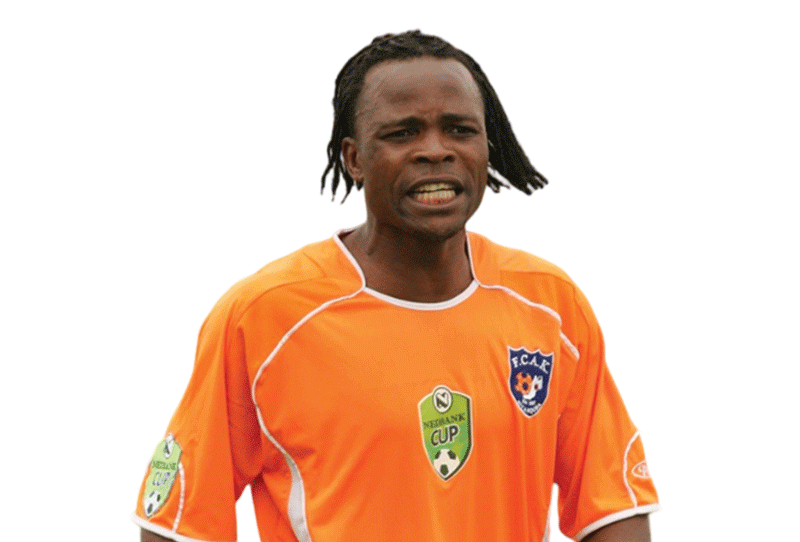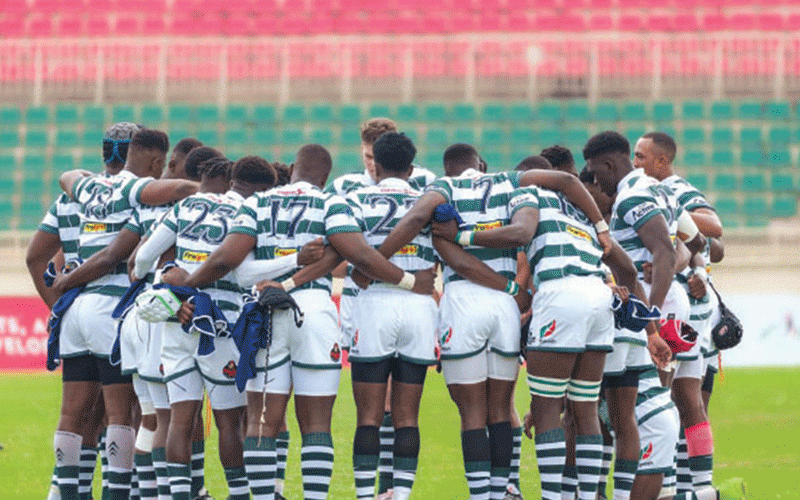
THE small mining town of Kadoma, 140 kilometres west of Harare, is better known for producing gold than cricket players.
So for cricket-mad Jameson High schoolboy Ed Rainsford, the only way he could get noticed was to catch a lift three times a day to Kwekwe, a distance of 72 kilometres, to practise with National League outfit- Kwekwe Sports Club.
His first breakthrough was being picked for Zimbabwe’s Under 19 World Cup squad in 2004.
The right-arm medium-fast bowler had everything going for him. Barely three months later he was making his ODI debut against Australia in Harare, thanks to the mass “rebel” resignations in 2004. As expected, he didn’t enjoy much success early on in a team stuffed with rookies.
He was however particularly impressive in the West Indies in 2006, although he left the tour early to fulfill a club contract in England. His fortunes would severely take a nosedive as he struggled for both form and rhythm against Bangladesh later that year. A back stress fracture compounded his woes.
Australia’s Commonwealth Bank Academy worsened the situation for him when their brutal batsmen targeted him for persecution later in the year.
For the young Aussies, the sight of Rainsford and company toiling in the middle was so amusing that the fall of their own team’s wickets were greeted with zealous celebrations because no one wanted to miss out on the fun of bashing the international bowlers.
- Chamisa under fire over US$120K donation
- Mavhunga puts DeMbare into Chibuku quarterfinals
- Pension funds bet on Cabora Bassa oilfields
- Councils defy govt fire tender directive
Keep Reading
These were depressing times for Rainsford.
With that kind of form he should consider himself lucky to be included in the 2007 World Cup squad in the Caribbean. He didn’t play a major role in that and soon after the competition, he retreated to the tough world of the English club scene.
Those who have played there before testify that it’s not easy. The conditions are difficult, and the money is not very good. Edward Charles Rainsford needed a lifeline. Â
The lifeline was thrown to him in November when the selectors made the bold decision to include him in the squad to play Sri Lanka in Harare. Naturally, there were voices of disapproval.
Rainsford sat out the first two ODIs. But after Zimbabwe’s low scores (127 all out & 67 all out) while batting first in the two matches meant the bowlers were unable to exert pressure on the Sri Lanka batting lineup, Chris Mpofu, without a wicket in the two games, paved way for Rainford to make his first Zimbabwe appearance in 20 months.
In a rain-affected match reduced to 28 overs, Sri Lanka managed 171 runs as the Zimbabwe bowlers maintained a tight leash on the batters.
Taking the new ball, Rainsford did not take a wicket in his five overs, but bowled sufficiently well to deny the Sri Lanka top-order width to exploit. The bowlers’effort was not complimented by the batsmen as the hosts bowed out for 133 runs to lose by five runs.
That performance saw Rainsford keeping his place for the remainder of the series. He didn’t take a wicket from seven overs in the fourth ODI as Sri Lanka battled to a two-wicket victory chasing a target of just 147.
His insistent probing finally bore fruit in the fifth and final ODI when Zimbabwe came close to a face-saving win. Zimbabwe produced yet another disciplined batting and fielding performance, and Rainsford was particularly impressive. He yorked and swung the ball sharply inside the left-handers with remarkable consistency on his way to 3-22 from 8.5 overs.
In pursuit, Zimbabwe chased with gusto in the top-order, but a middle-order collapse, despite a Zimbabwe record seventh wicket partnership between Prosper Utseya and Keith Dabengwa, saw the tourists winning by 19 runs at the end.
Off Zimbabwe went to Bangladesh in the New Year. They played their first tri-nation match against Bangladesh on Saturday, and having been dismissed for 205, the bowlers boosted their growing reputation as the team’s mainstay with another commendable show to ensure a 38-run victory.
Rainsford continued with his resurgence, claiming 1-26 inside six overs, in a tight bowling spell which gave the spinners something to work on as Prosper Utseya and Ray Price grabbed two wickets each to lead Zimbabwe home.
 True to form, Rainsford rocked the Sri Lanka top-order in the second match of the tri-series on Monday. His fine display, taking 3-41, was largely responsible for Sri Lanka’s 210/6 from 50 overs.
He removed Sri Lanka’s best— Mahela Jayawardene, Kumar Sangakkara and Chamara Kapugedera. But again, another wobbly attempt saw Zimbabwe being hammered by 130 runs after the batting collapsed to 80 all out. Improving bowling
Zimbabwe’s bowling has witnessed major improvement of late. Tawanda Mupariwa’s 10 series wickets against Sri Lanka in November was the pick of a department that generally proved it can be relied on. Spinners Price and Utseya were stabilising factors in the attack.
Utseya’s decision to take the new ball in the tri-series victory over Bangladesh last Saturday was a cunningly clever decision. Zimbabwe can build on its bowling this year. As for the batting, what the team needs now is a batting specialist coach, or a high-profile head coach with a strong batting background.
BY ENOCK MUCHINJO











